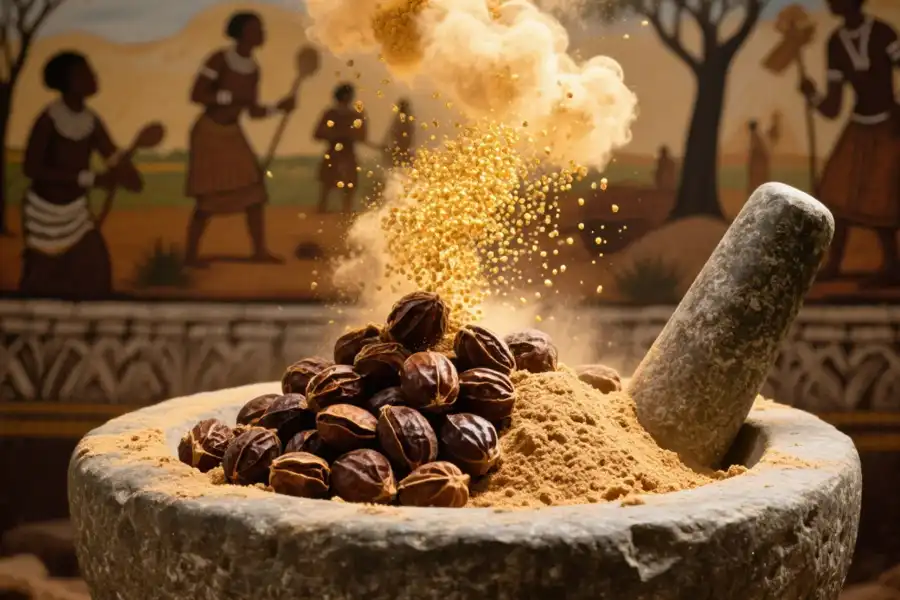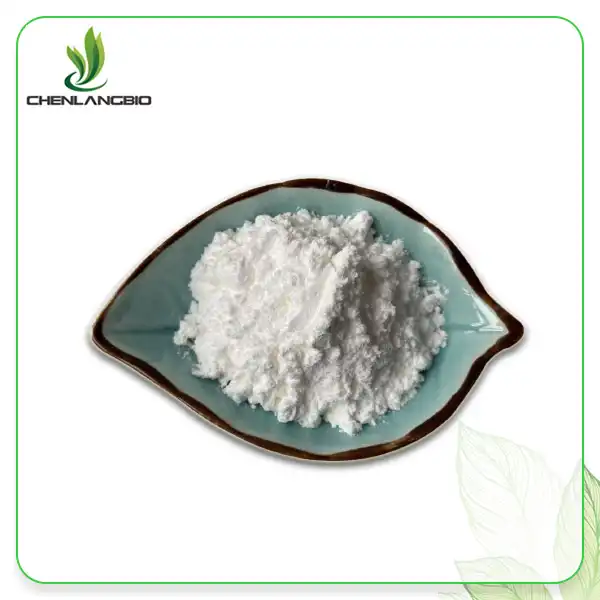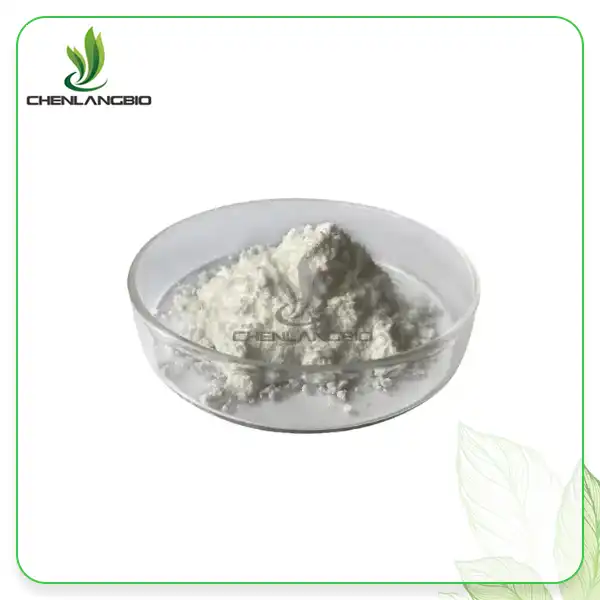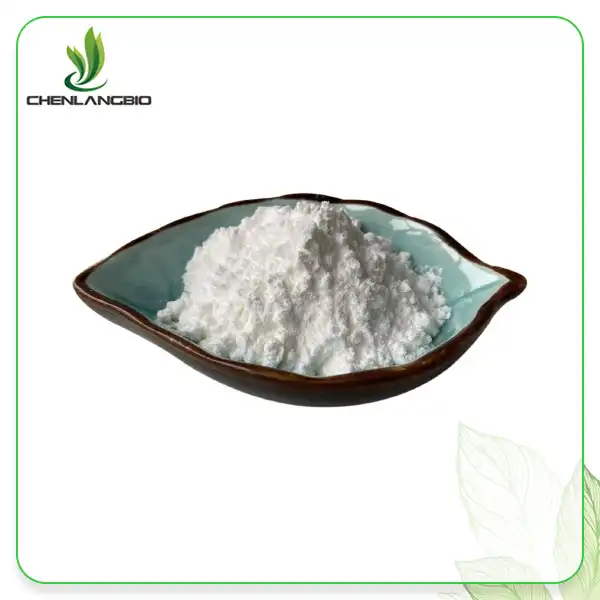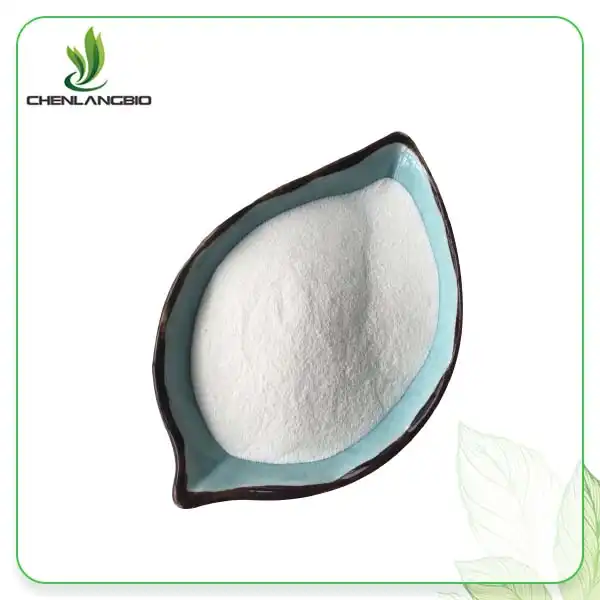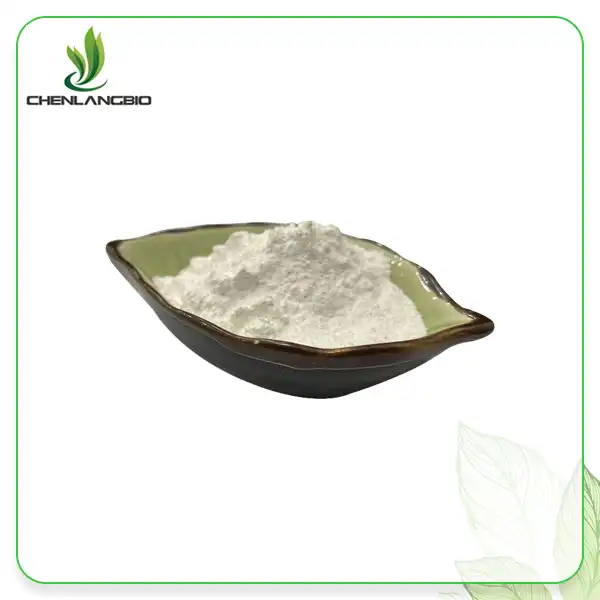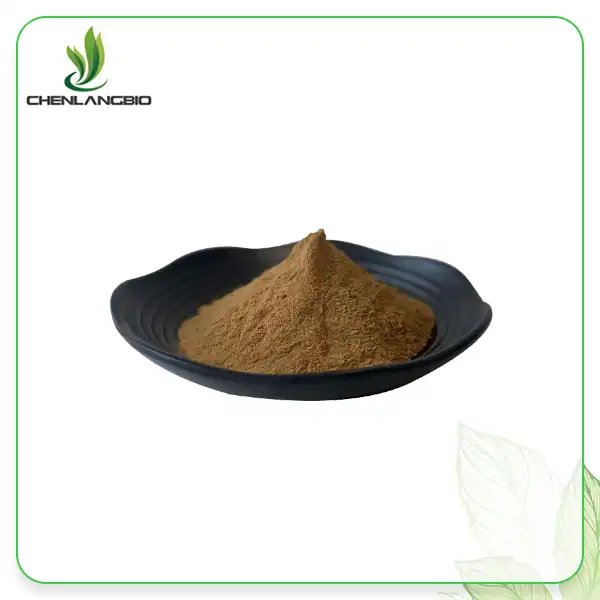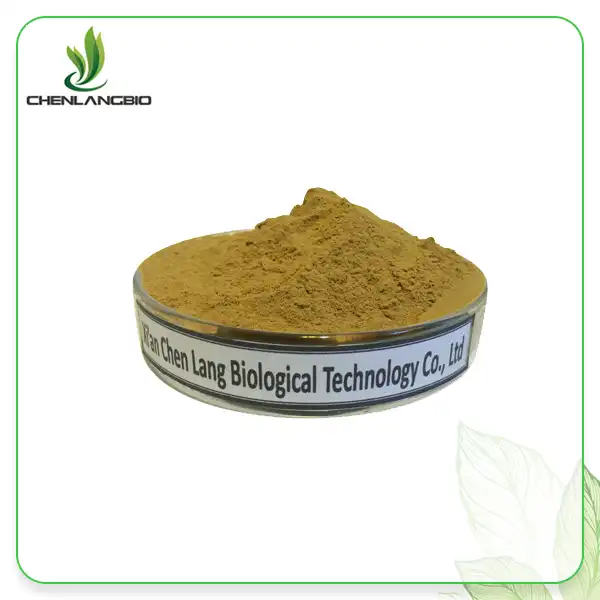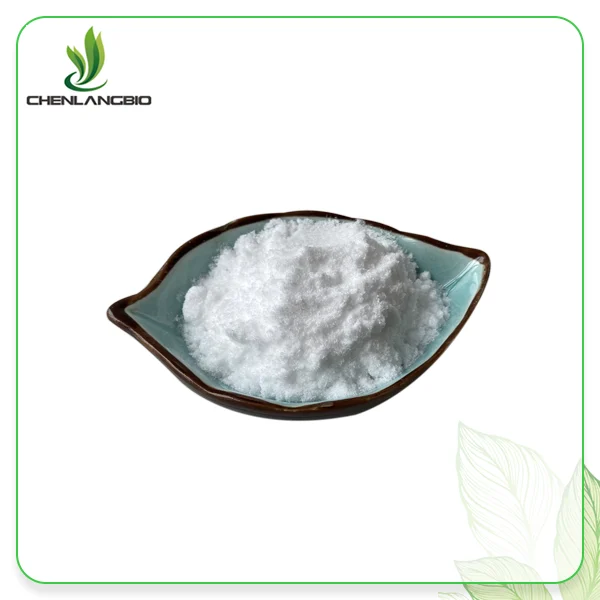Exploring the Origins of Kola Nut Extract Powder
2025-04-23 09:41:00
Kola nut extract powder has a rich history deeply rooted in African culture and traditional medicine. This powerful ingredient, derived from the seeds of Cola acuminata and Cola nitida trees, has captivated the world with its unique properties and diverse applications. In this exploration, we'll delve into the cultural significance of kola nuts, their traditional medicinal uses, and the modern methods of producing kola nut extract powder. Join us on a journey through time and across continents as we uncover the fascinating story behind this remarkable natural resource and its evolution into a sought-after ingredient in various industries.
The Cultural History of Kola Nut Usage
Ancient Traditions and Rituals
The kola nut has been an integral part of West African culture for centuries. In many communities, it holds a sacred status and plays a crucial role in social interactions and ceremonies. The act of sharing kola nuts is considered a gesture of hospitality and respect, often used to welcome guests or seal important agreements. This tradition has been passed down through generations, cementing the kola nut's place in the cultural fabric of many African societies.
Kola Nut in Trade and Commerce
As the importance of kola nuts grew, so did their value in trade. Kola nut extract powder and whole nuts became significant commodities, traded across vast distances within Africa and eventually to other continents. The demand for kola nuts contributed to the development of trade routes and economic exchanges between different regions, influencing the socio-economic landscape of West Africa.
Symbolic Meanings and Spiritual Significance
In many African cultures, kola nuts are imbued with spiritual significance. They are often used in religious ceremonies, divination practices, and as offerings to ancestral spirits. The number of lobes in a kola nut and the patterns formed when broken are believed to carry messages or omens, adding another layer of importance to this revered seed.
Traditional Benefits of Kola Nut in African Medicine
Energizing Properties and Mental Clarity
One of the most well-known traditional uses of kola nut is as a natural stimulant. The high caffeine content in kola nuts has made them a popular choice for combating fatigue and enhancing mental alertness. In many African communities, chewing kola nuts or consuming kola nut seed extract has been a time-honored way to boost energy levels and improve concentration, especially during long work hours or important ceremonies.
Digestive Aid and Appetite Suppression
Traditional healers have long prescribed kola nuts for various digestive issues. The nut is believed to help alleviate nausea, ease stomach discomfort, and even suppress appetite. This latter property made kola nuts particularly valuable during times of food scarcity, helping individuals manage hunger pangs and conserve energy.
Respiratory and Cardiovascular Support
In traditional African medicine, kola nuts have been used to address respiratory issues such as asthma and bronchitis. The stimulating effects of kola are thought to help open airways and improve breathing. Additionally, some cultures have used kola nuts to support cardiovascular health, believing that they can help regulate heart rhythm and improve circulation.
How Kola Nut Powder is Made Today?
Harvesting and Selection Process
The production of high-quality kola nut extract powder begins with careful harvesting and selection of kola nuts. Mature nuts are typically harvested by hand from kola trees, which are native to tropical rainforests in West Africa. The best nuts are selected based on size, color, and overall quality. This meticulous process ensures that only the finest kola nuts are used for extraction, maintaining the potency and efficacy of the final product.
Extraction and Processing Techniques
Modern extraction methods have evolved to maximize the beneficial compounds found in kola nuts while ensuring purity and consistency. At Chen Lang Bio, we employ advanced techniques such as supercritical CO2 extraction or solvent extraction to isolate the active ingredients from the kola nuts. These methods allow for the production of a concentrated kola nut extract powder that retains the natural properties of the nut without unwanted residues or impurities.
Quality Control and Standardization
To meet the demands of today's market, the production of kola nut powder involves rigorous quality control measures. Each batch of extract is tested for purity, potency, and consistency using state-of-the-art analytical equipment. Standardization ensures that the final product contains a specific concentration of active compounds, allowing for precise dosing and reliable results in various applications, from pharmaceuticals to food and beverage industries.
Conclusion
The journey of kola nut from a culturally significant seed to a versatile extract powder is a testament to its enduring value. As we continue to uncover the benefits of this remarkable natural resource, the demand for high-quality kola nut extract powder is likely to grow, bridging traditional wisdom with modern applications. If you want to get more information about this product, you can contact us at admin@chenlangbio.com.
References
1. Lovejoy, P. E. (1980). Kola in the History of West Africa. Cahiers d'études africaines, 20(77-78), 97-134.
2. Atawodi, S. E., Pfundstein, B., Haubner, R., Spiegelhalder, B., Bartsch, H., & Owen, R. W. (2007). Content of polyphenolic compounds in the Nigerian stimulants Cola nitida ssp. alba, Cola nitida ssp. rubra A. Chev, and Cola acuminata Schott & Endl and their antioxidant capacity. Journal of Agricultural and Food Chemistry, 55(24), 9824-9828.
3. Niemenak, N., Onomo, P. E., Fotso, Lieberei, R., & Ndoumou, D. O. (2008). Purine alkaloids and phenolic compounds in three Cola species and Garcinia kola grown in Cameroon. South African Journal of Botany, 74(4), 629-638.
4. Burdock, G. A., Carabin, I. G., & Crincoli, C. M. (2009). Safety assessment of kola nut extract as a food ingredient. Food and Chemical Toxicology, 47(8), 1725-1732.
5. Lowor, S. T., Aculey, P. C., & Assuah, M. K. (2010). Analysis of some quality indicators in cured Cola nitida (Vent). Agriculture and Biology Journal of North America, 1(6), 1206-1214.
6. Asogwa, E. U., Otuonye, A. H., Mokwunye, F. C., Oluyole, K. A., Ndubuaku, T. C. N., & Uwagboe, E. O. (2012). Kolanut production, processing and marketing in the south eastern states of Nigeria. African Journal of Plant Science, 6(1), 1-7.
Send Inquiry
Related Industry Knowledge
- What Are the Key Benefits of 3,3, DIIDOLYLMETHANE for Health?
- Does Beta Ecdysterone Build Muscle?
- Pro-Xylane Powder: A Breakthrough in Skin Hydration
- The Ultimate Guide to Tart Cherry Extract Powder
- What is Dimethylmethoxy Chromanyl Palmitate Used for
- Why is Green Tea Extract Good for You
- What to Avoid When Using Bakuchiol
- What Are the Benefits of Alpha-GPC Bodybuilding
- Is 4-Hexylresorcinol Safe
- Does Green Coffee Bean Extract Powder Reduce Belly Fat

